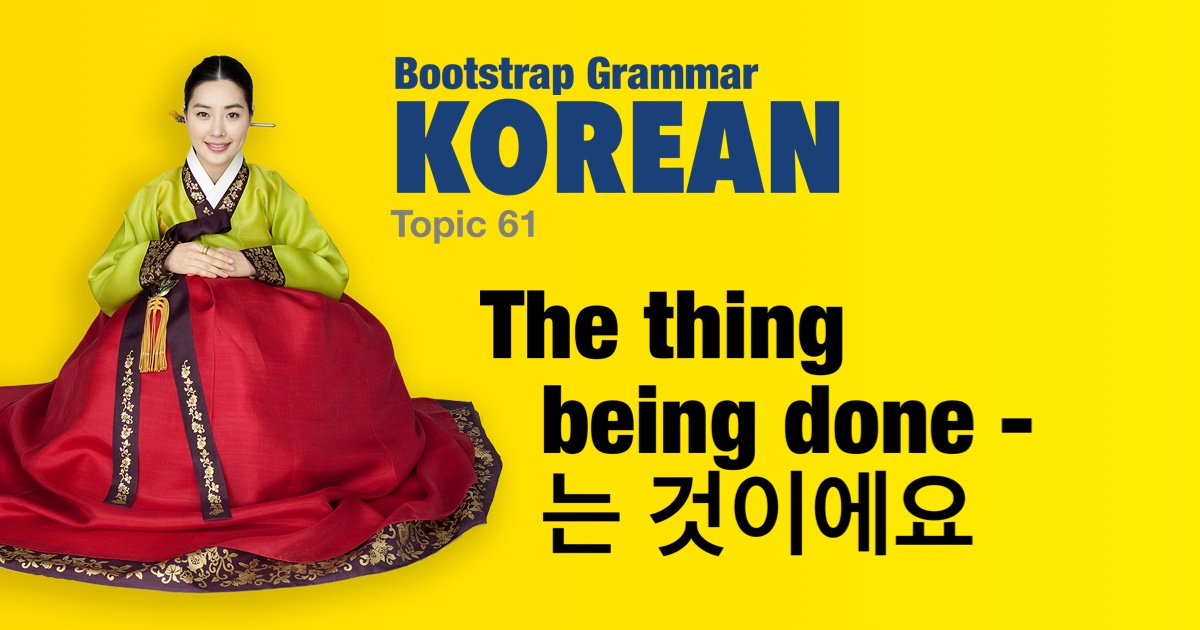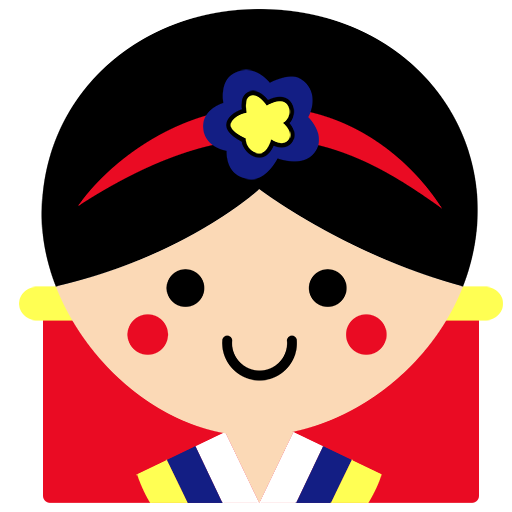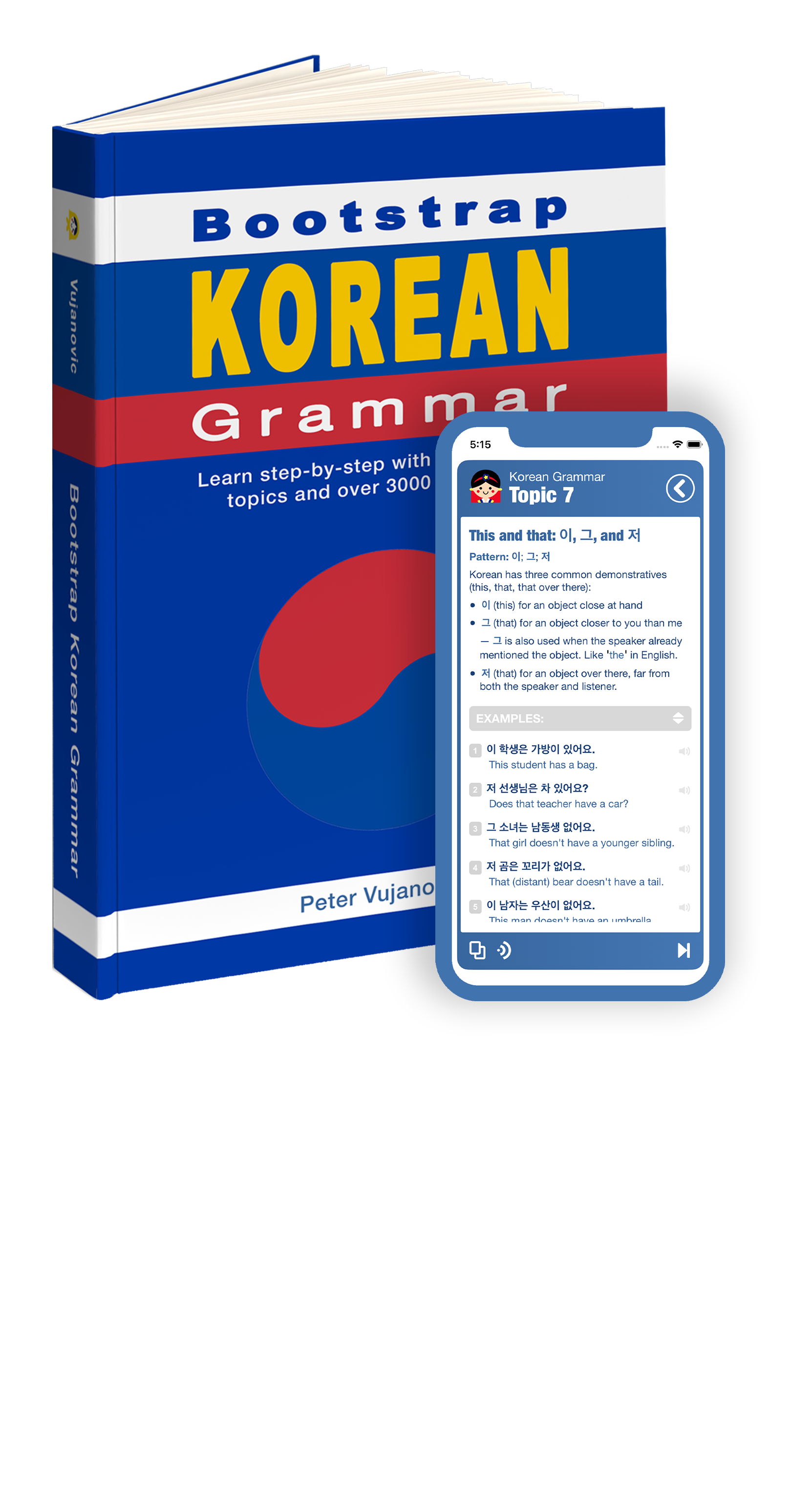Korean grammar - The thing being done - 는 것이에요 |
|||
|
|||
Pattern: Verb stem + 는 것이에요 A colloquial but very common way to state or ask what someone is doing is to use the adjective form of a verb combined with the clause 것이에요. -- The verb is converted to an adjective by adding 는 to the verb stem. -- This adjective is followed by 것 which means 'thing'. -- And verb 이다 (to be) ends the phrase in the form 예요 (or the informal form 야). In this pattern 것 is always abbreviated to 거 so 것이에요 ⇒ 거예요. So for example 일하다 (to work) ⇒ 일하는 거예요 which literally means 'Is a work (adjective) thing.' But the actual meaning is '(I) am working.' This pattern puts a very strong emphasise on the verb - that is what is being done. Or what is going on. Or what the situation is. And in its question form, it can reflect surprise when confirming of a fact. All that said, this form can sound overly dramatic or poetic. It can sound like you are saying 'So the situation is that…" |
| Examples: | |
|
뭐 하는 거예요?
What are (you) doing?
|
|
|
공부하는 거예요.
(I) am studying.
|
|
|
운동 하는 거예요?
Are (you) exercising? |
|
|
책을 쓰는 거예요.
(I) am writing a book. |
|
|
우리 어디 가는 거예요?
Where are we going? |
|
|
그건 질문하는 거야?
Is that what you're asking?
|
|
|
소영이가 그 오빠랑 사귀는 거야!
Soyoung is dating that (older) guy!
|
|
|
내일 시험이 있어서 공부하는 거야.
I have an exam tomorrow, so I'm studying.
|
|
|
벌써 자는 거야?
Are (you) already sleeping?
|
|
|
우리 오늘 만나는 거예요?
Are we meeting today?
|
|
|
저녁을 요리하는 거야?
Are you cooking dinner?
|
|
|
그는 여기서 자는 거예요?
Is he sleeping here?
|
|
 |
|


 Or 'What is it that you are going?'
Or 'What is it that you are going?'